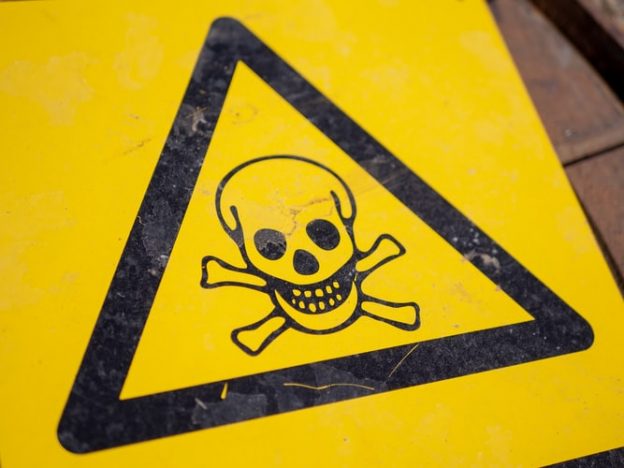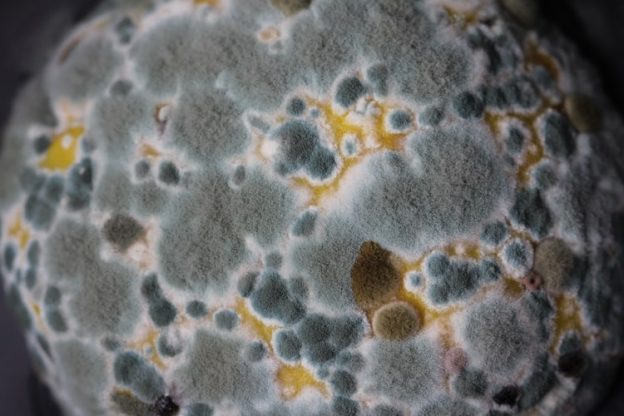House plants do more than enhancing your home’s aesthetics. Many indoor plants can help purify the air, which helps in improving air quality. However, it is essential not to rely solely on plants because they cannot make the air safe at all times. This leads to the question, do house plants remove radon?
Why Radon Mitigation is A Must
Radon has caused thousands to millions of deaths worldwide. Though it doesn’t kill a person right away, long-term exposure to this cancer-causing gas results in damaged lung cells. It can also lead to severe health conditions; no wonder many health groups and organizations create campaigns to raise awareness about it. Unfortunately, some people overlook the significance of radon mitigation.
But what is radon mitigation? How can it help you minimize your risk of lung cancer?
Radon mitigation is the process of installing a system that is designed to reduce radon concentrations. It can be installed at home, school, workplace, or any building with high radon levels. When you minimize radon concentrations, you also reduce your risk of lung cancer since radon is a cancer-causing gas. You may refer to standard radon reduction systems first, but they are only effective within 24 hours.
Radon and House Plants
Probably you’ve seen in many articles featuring how houseplants can improve your home’s air quality. It is indeed true that houseplants can reduce indoor air pollutants. The problem is that it happens over time, so you have to wait for a certain period before enjoying healthier indoor air.
According to an article from Science in the News, a Graduate Student Group at the Harvard Graduate School of the Arts and Sciences, indoor air is replaced by air from outside faster than a plant removing air pollutants from a room. Therefore, it may take a long time before you can purify your home using indoor plants. And if there are high radon levels, you’re still at risk of exposing yourself to the cancer-causing gas.
Creating A Radon-Resistant Home
Radon is dangerous, and if you let it stay in your home, you and your family will be at risk of getting lung cancer. If you don’t want it to happen, what you need to do is make your home radon-resistant. When considering radon mitigation, it is essential to conduct radon testing first. You can either do short-term or long-term radon testing. Both can help you identify the existence of the gas, but the latter is ideal for monitoring radon levels.
Once the results of the radon tests show your home has high radon levels, you may conduct radon mitigation techniques. But it would be best to hire a licensed radon contractor from your state and entrust all the work to them. Though you have to pay for the contractor’s fees, you are guaranteed professional services.
Radon is an invisible enemy since you cannot see or smell it. Though it is challenging to ensure that your family is safe from this cancer-causing gas, there are still ways to mitigate it. If you are thinking of adding indoor plants, ask yourself first, do house plants remove radon? Are they that effective? If you want to reduce radon, it’s better to hire a radon contractor.











